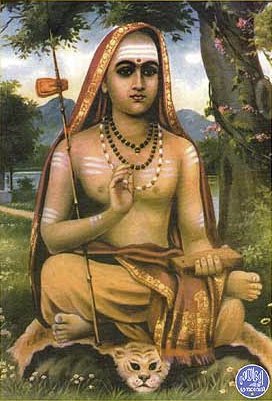Katha Upanishad with Shankara’s Commentary
by S. Sitarama Sastri | 1928 | 23,822 words
The Katha Upanishad is a collection of philosophical poems representing a conversation between the sage Naciketas and Yama (god of death). They discuss the nature of Atman, Brahman and Moksha (liberation). The book is made up of six sections (Valli). This commentary by Shankara focuses on ‘Advaita Vedanta’, or non-dualism: one of the classical ort...
Verse 1.1.13
स त्वमग्निँ स्वर्ग्यमध्येषि मृत्यो प्रब्रूहि त्वँ श्रद्दधानाय मह्यम् ।
स्वर्गलोका अमृतत्वं भजन्त एतद्द्वितीयेन वृणे वरेण ॥ १३ ॥sa tvamagnim̐ svargyamadhyeṣi mṛtyo prabrūhi tvam̐ śraddadhānāya mahyam |
svargalokā amṛtatvaṃ bhajanta etaddvitīyena vṛṇe vareṇa || 13 ||13. Oh Death! thou knowest the fire which leads to heaven; explain to me who am zealous that (the fire) by which those, whose world is heaven, attain immortality. I pray for this by my second boon.
Shankara’s Commentary:
Com.—The fire, which helps one to attain the heaven possessed of such attributes, thou, Oh Death! knowest; and as thou knowest, teach me who am zealous by which fire sacrificing, men attain heaven and immortality or become Devas. This knowledge of the fire, I crave by my second boon.
